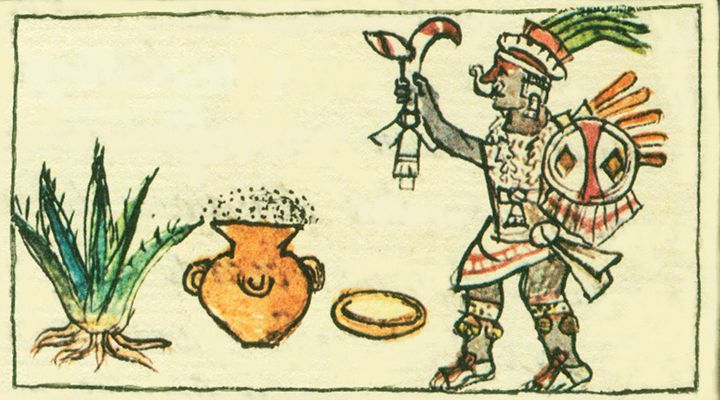
The Microbiome in a Clay Jar: Why Pulque & Tepache Deserve a Spot in Your Gut-Health Routine
Centuries before kombucha, Mexico was already sipping probiotic gold. Modern science is finally catching up.

1 · A 2 000-Year Timeline in One Gourd
Pulque dates to pre-Classic Mesoamerica; tepache was first recorded in 16th-century chronicles. Both beverages ferment in ollas de barro, retaining ambient yeast and bacteria unique to highland climates.

2 · What the Lab Says Today
- Lactobacillus plantarum strains in pulque survive simulated gastric acidity, making them viable gut colonizers (UNAM Food Microbiology, 2024).
- Tepache samples show a polyphenol-antioxidant capacity rivaling Korean kimchi, thanks to pineapple rind flavonoids.

3 · From Street Barrel to Taproom
Brands like Casa Luna Pulque now cold-chain ship kegs to craft-beer bars, keeping live cultures intact. Shelf life extends from 48 hours to 21 days, expanding the drink’s reach without pasteurization.

4 · How to Integrate Heritage Ferments Into Modern Routines
- Start with 150 ml servings; live cultures can trigger detox symptoms.
- Pair with resistant-starch tortillas to boost prebiotic fiber.
- Alternate with kombucha or kefir—diversity is the microbiome’s best friend.

5 · Ancestral Beverage, Contemporary Community
Urban pulquerías now host poetry slams; tepache brewers sponsor community compost programmes—fermentation doubles as cultural infrastructure, not just nutrition science.
The Espíritu Footnote
Grounding starts in the gut and underfoot. Our airy huaraches mirror these heritage ferments: locally sourced, naturally breathable and hand-crafted to nourish everyday rituals.




